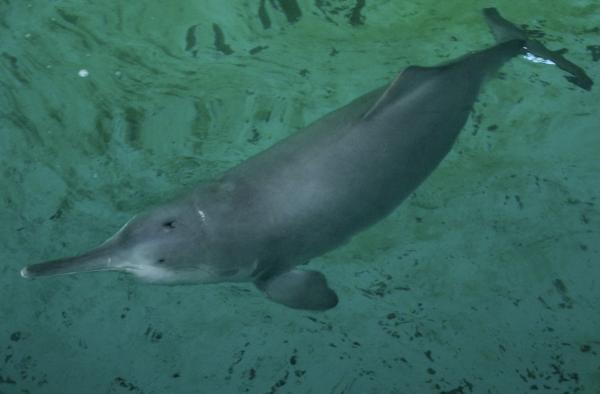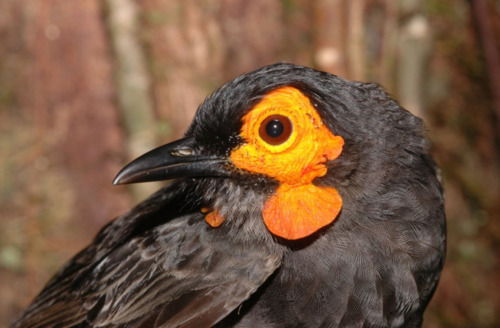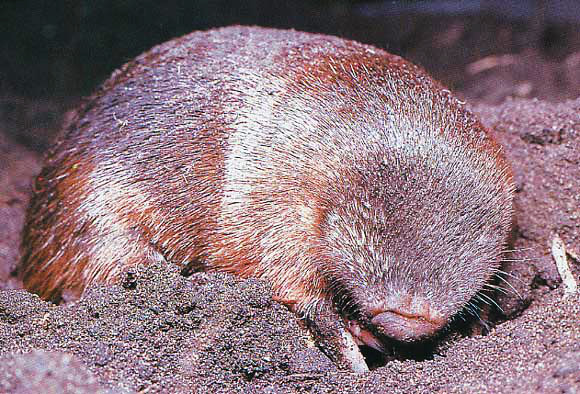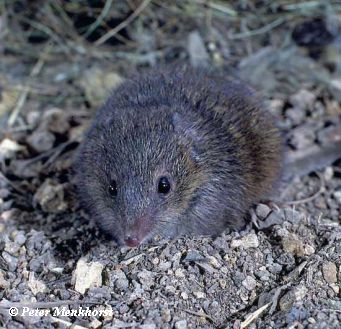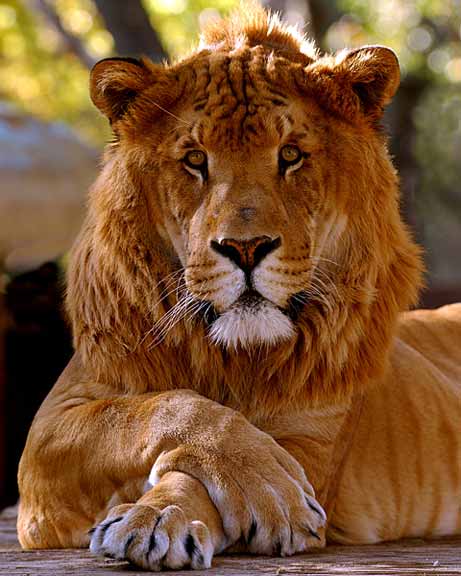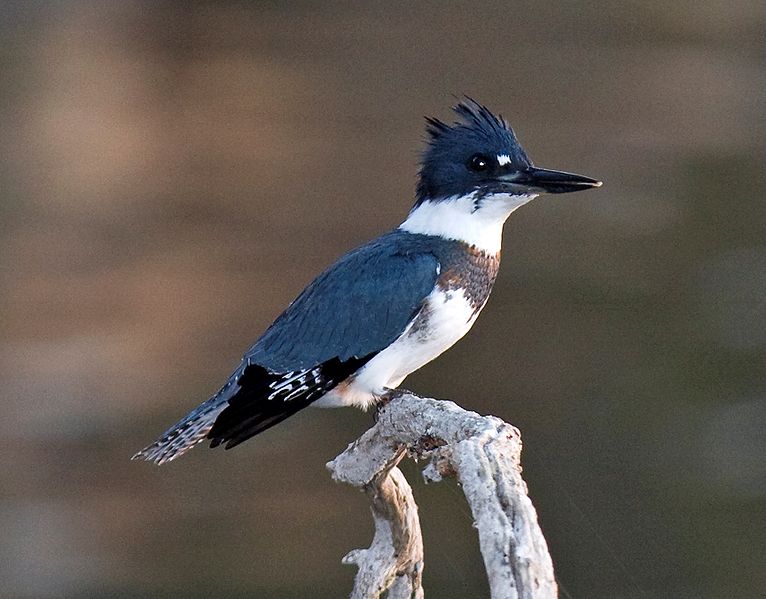
After spending yesterday in the deepest depths of the ocean we are coming up for some air. In fact we are heading to the sky to talk about a pretty cool bird that is always a treat to see. I am of course talking about the Belted Kingfisher which is typically found in the United States and in Canada. If you are Canadian then you might recognize it from the 1986 version of the $5 bill. To save you from Googling the Canadian $5 bill, I have included a picture of it below.
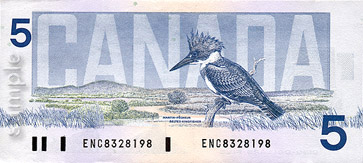
Other than on the $5 bill, you might see these birds hanging out near water bodies all throughout Canada and the United States. They usually spend their summer vacation on these northern breeding grounds. Like the smart birds that they are they will fly into southern United States, Mexico and even parts of Central and South America during the cold winter months. Typically these birds know when it is time to go once the waterbodies start to freeze. Although, some individual Kingfishers have been known to brave the cold Canadian winters. Not too smart, if you ask me.

It is not uncommon to see one of these beautiful birds perched on a branch or post near a waterbody. If you wait just a little bit longer you may be lucky enough to witness them diving head first into the water where they will most likely catch a nice scrumptious fish for dinner. Besides fish they will also feed on crustaceans, insects, reptiles and even small mammals. The Belted Kingfisher relies heavily on lakes and rivers. Even their nest depends upon these waterbodies as they roost in a tunnel on the side of the bank. The nice thing about the Kingfisher is they believe in equal rights. Both the male and female will work to dig out a nice nesting tunnel. Again they will both share the duties of incubating the eggs and feeding the young. Now that is one fair and equal relationship.
Belted Kingfisher Fast Fact – Their long nesting tunnel is usually excavated so that it is going uphill. It is believed this is engineering concept will protect the young if the area ever gets flooded. The little babies will still be able to breath by utilizing the air pocket at the elevated end of the tunnel. Now that is one smart and impressive bird.
Thanks for checking out today’s Wild Fact on the Belted Kingfisher. Be sure you come back for the final fact of the week on Friday. I can’t believe it is almost Friday already. Have a great day!

